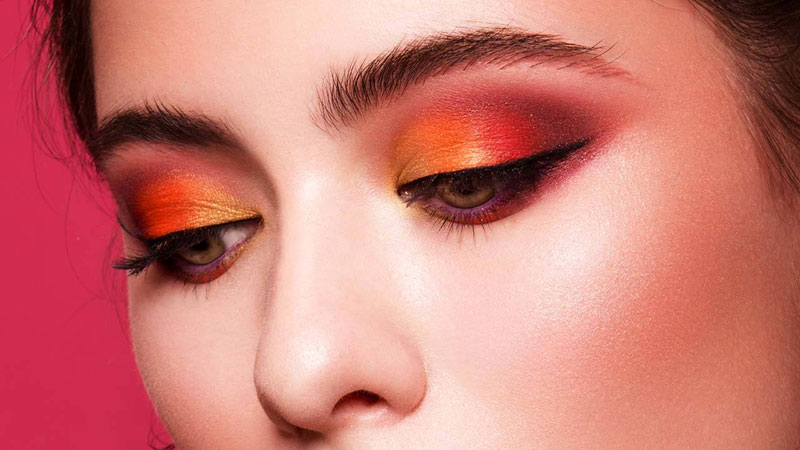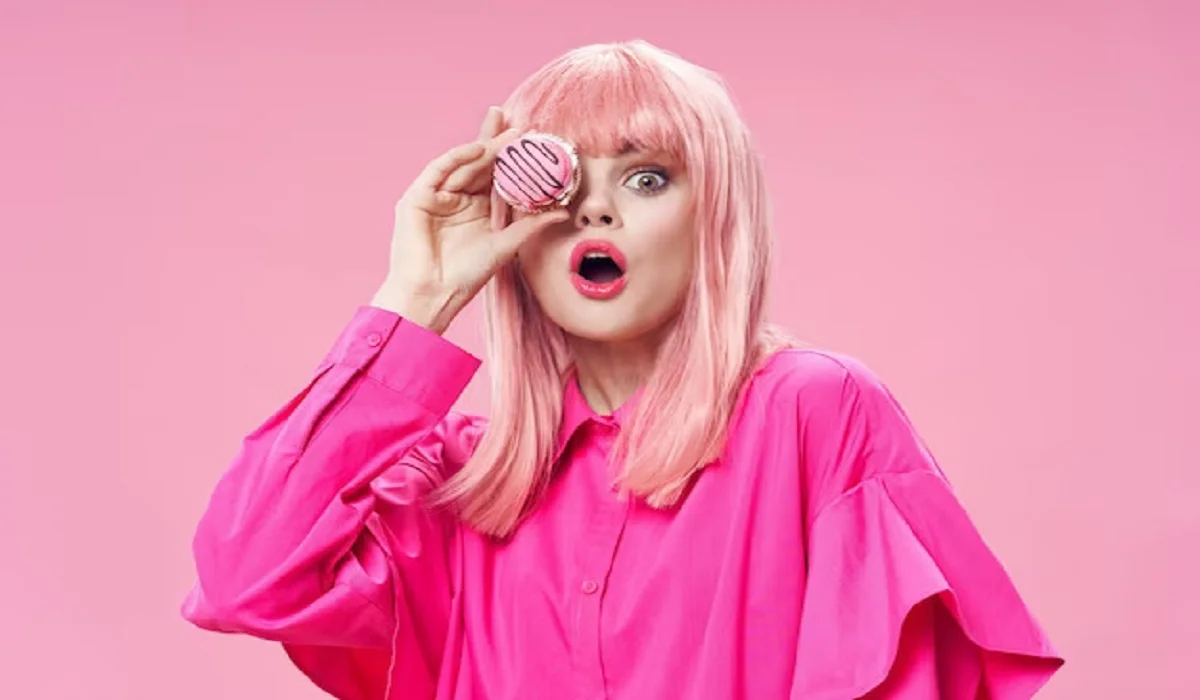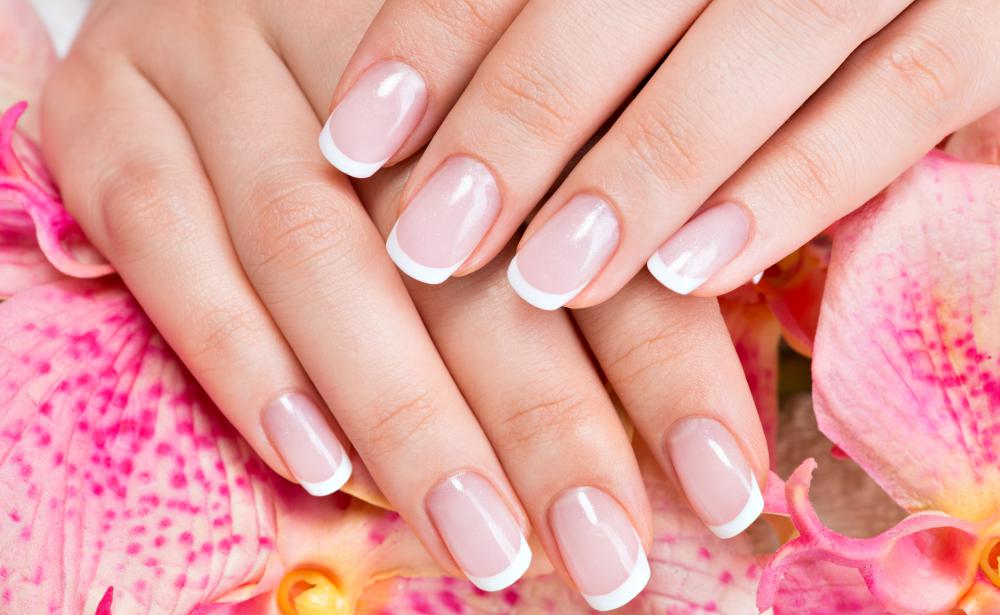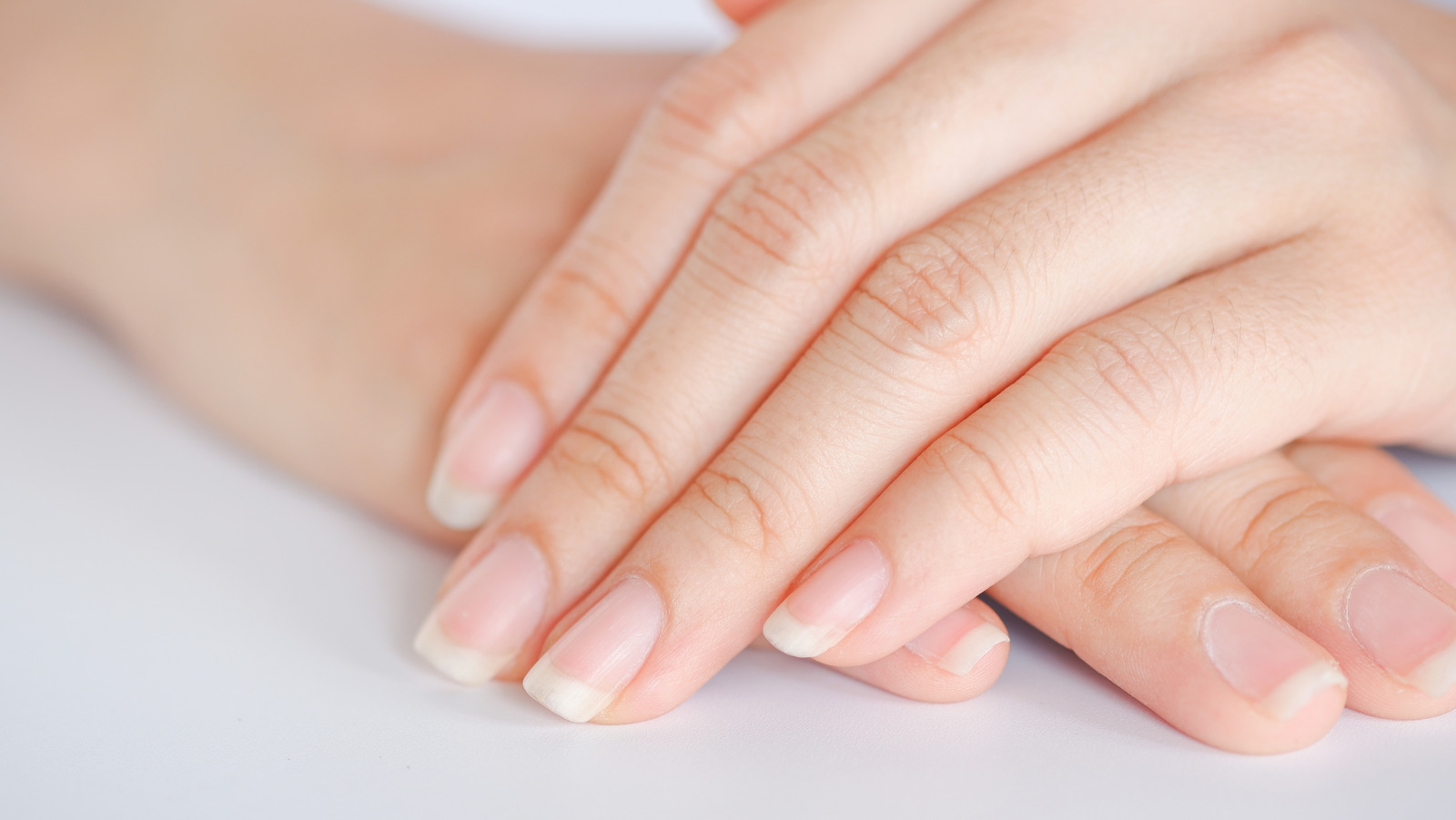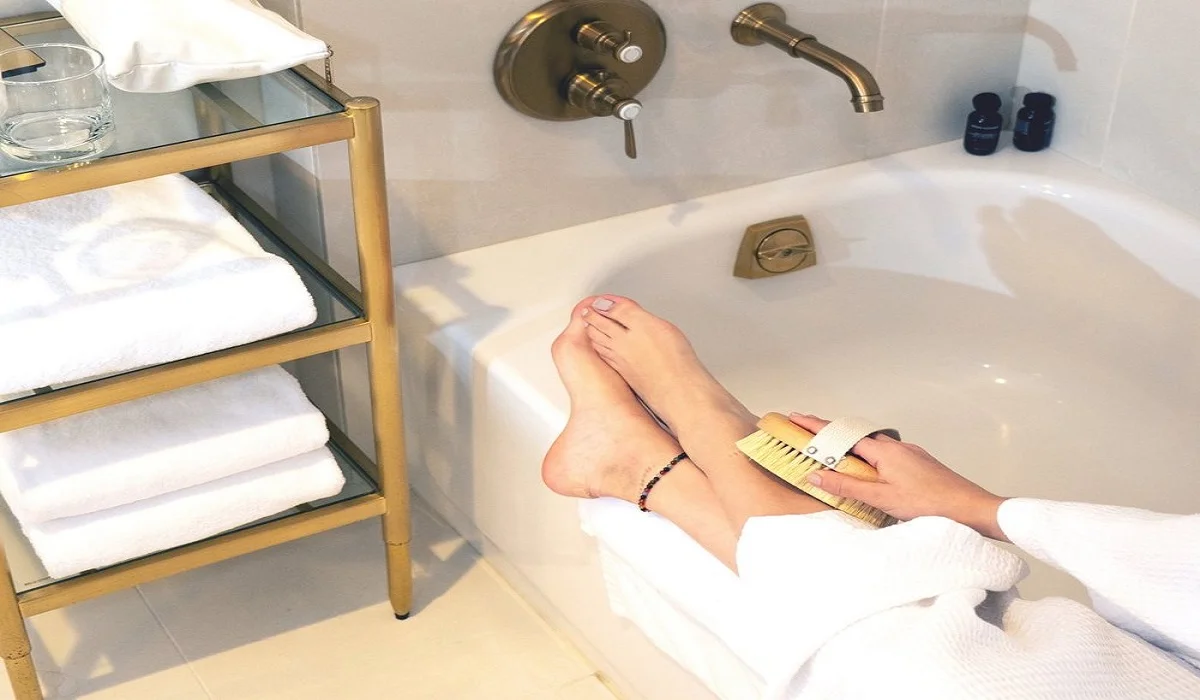The quest for lustrous, healthy hair is universal, yet the paths to achieve it are diverse. Among the most effective routes is the inclusion of natural oils in your hair care regimen. These oils, extracted from fruits, nuts, and seeds, are packed with nutrients that deeply nourish the scalp and hair, promoting overall health and vitality.
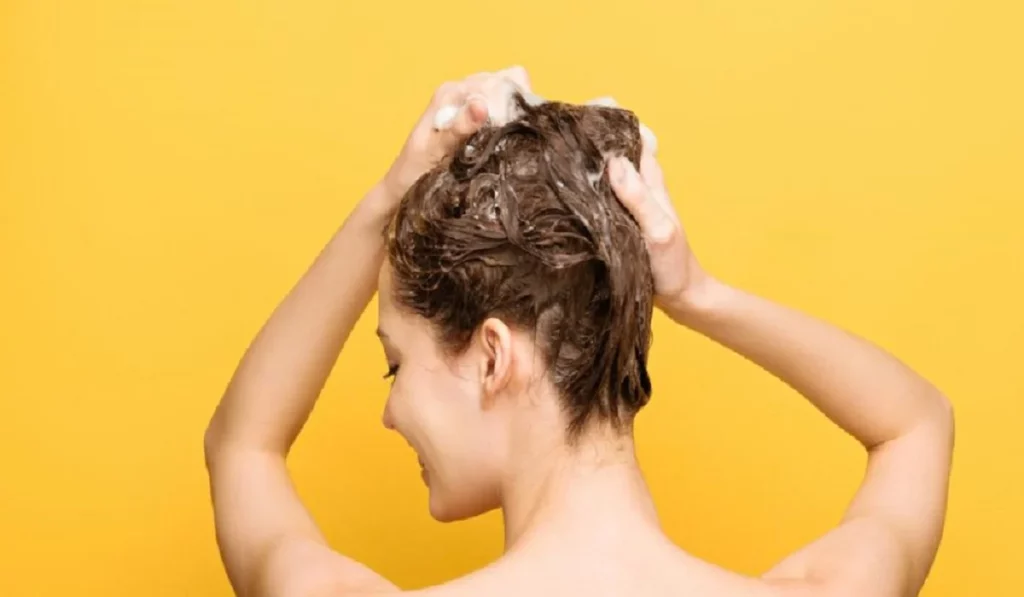
Types of Natural Oils and Their Benefits
Coconut Oil: A Deep Conditioner
Rich in fatty acids, coconut oil penetrates the hair shaft to moisturize and protect against environmental damage, making it ideal for deep conditioning treatments.
Argan Oil: For Frizz and Shine
Dubbed ‘liquid gold,’ argan oil is renowned for its ability to tame frizz, add shine, and soften hair, thanks to its high content of antioxidants and vitamin E.
Jojoba Oil: Mimics Natural Hair Sebum
Jojoba oil’s molecular structure closely resembles that of human sebum, making it exceptionally effective in regulating oil production and maintaining scalp health.
How to Incorporate Natural Oils into Your Routine
Pre-Shampoo Treatments
Applying oils before shampooing can prevent the shampoo from stripping hair of its natural oils, resulting in less dryness and breakage.
Leave-in Conditioners
A few drops of oil can be used as a leave-in conditioner to smooth hair cuticles and add shine without the heaviness of traditional conditioners.
Scalp Massages
Regular scalp massages with natural oils can stimulate blood circulation, promoting hair growth and scalp health.
Natural Oils for Different Hair Types
Oils for Curly Hair
Curly hair benefits from heavier oils like castor or avocado oil, which provide the moisture and definition curls crave.
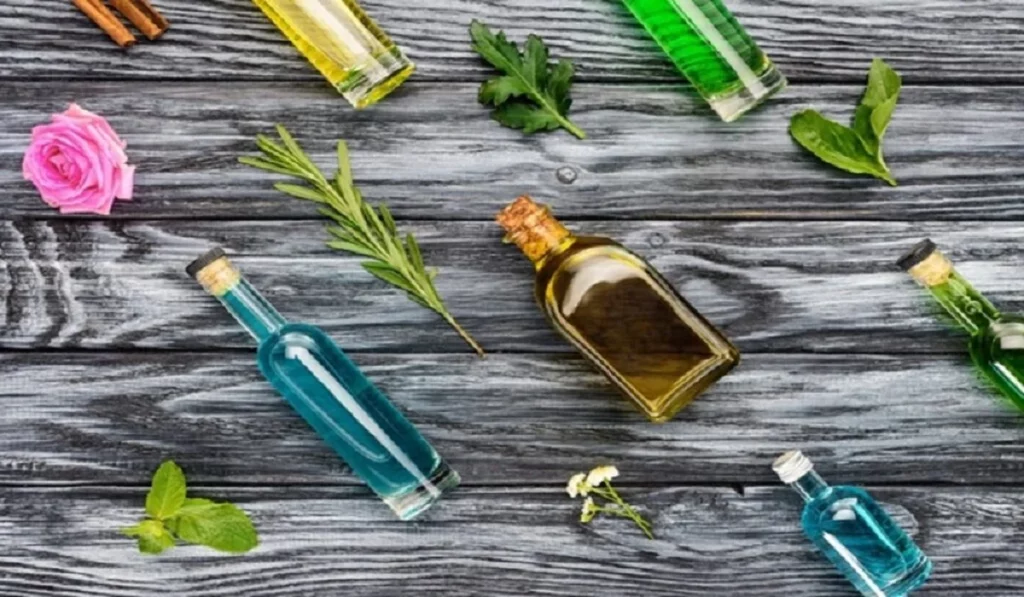
Oils for Straight Hair
Lighter oils such as argan or sweet almond oil are perfect for straight hair, offering shine and frizz control without weighing it down.
Oils for Color-Treated Hair
Sunflower and grapeseed oils are excellent for color-treated hair, protecting against color fade and adding vibrancy.
Combating Common Hair Problems with Natural Oils
Dandruff Solutions
Tea tree oil, with its antifungal properties, can be mixed with a carrier oil to alleviate dandruff and soothe the scalp.
Preventing Split Ends
Regular application of oils can seal hair cuticles, preventing split ends and minimizing breakage.
Tackling Hair Loss
Rosemary and peppermint oils are known to stimulate hair growth when massaged into the scalp, offering a natural remedy for hair thinning.
DIY Natural Oil Hair Care Recipes
Homemade Deep Conditioning Treatment
Mix coconut oil with honey and a few drops of essential oil for a nourishing deep conditioning treatment.
Natural Oil Serum for Shine and Frizz Control
Combine argan, jojoba, and a few drops of lavender oil for a homemade serum that combats frizz and adds shine.
The Science Behind Natural Oils and Hair Health
Nutrient Absorption and Hair Follicle Nourishment
Natural oils are rich in essential fatty acids and vitamins that are crucial for hair health, penetrating the hair shaft to nourish and strengthen from within.
The Role of Fatty Acids and Antioxidants
The fatty acids in natural oils help to rebuild the lipid layer of the hair, while antioxidants protect against environmental damage.
Pros and Cons of Using Natural Oils
Advantages of Natural Oils
Natural oils offer a chemical-free alternative to conventional hair products, providing deep nourishment and addressing specific hair concerns.
Potential Drawbacks and How to Avoid Them
Overuse of oils can lead to buildup. To avoid this, apply oils sparingly and wash thoroughly with a clarifying shampoo when needed.
Testimonials and Success Stories
Real-life stories from individuals who have transformed their hair health through the use of natural oils can inspire and guide newcomers to natural oil hair care.
Embracing natural oils in your hair care routine can lead to transformative results. With their diverse benefits and versatility, these oils not only enhance the appearance of your hair but also fortify it against daily challenges. By choosing the right oil for your hair type and concerns, you can unlock the secret to healthy, vibrant hair.
- What natural oils are best for hair growth?
- Certain oils like castor oil, peppermint oil, and rosemary oil are known for their ability to stimulate hair growth. They improve blood circulation to the scalp, which in turn promotes healthier hair follicles.
- Can I use natural oils on oily hair?
- Yes, even if you have oily hair, you can benefit from natural oils. Jojoba oil is particularly beneficial as it mimics the natural sebum production of the scalp, helping to regulate oil production.
- How often should I apply natural oils to my hair?
- The frequency can vary depending on your hair type and condition. A general recommendation is once or twice a week, but those with very dry or damaged hair might benefit from more frequent applications.
- Can natural oils replace my conditioner?
- Natural oils can be used as a supplement to your conditioner for added moisture and nutrients. However, they may not completely replace the detangling and smoothing effects of conventional conditioners for everyone.
- Do natural oils help with dandruff?
- Yes, oils like tea tree oil and coconut oil have antimicrobial properties that can help combat dandruff-causing yeast on the scalp, providing relief from flakiness and itchiness.
- How long should I leave natural oils in my hair?
- For deep conditioning, you can leave oils in your hair for a few hours or even overnight. If you’re using oil as a pre-shampoo treatment or scalp massage, 15-30 minutes should be sufficient.
- Can using natural oils make my hair greasy?
- If used in excess, natural oils can make your hair feel greasy. It’s important to use only a small amount and apply it mainly to the ends of your hair and the scalp, avoiding the roots if you have naturally oily hair.
- Are there any side effects of using natural oils in my hair?
- While natural oils are generally safe for most people, some individuals may experience allergic reactions. It’s always a good idea to perform a patch test before using a new oil extensively.
- Can I use cooking oils for hair care?
- While some cooking oils like coconut oil and olive oil can be used for hair care, it’s best to opt for cold-pressed, unrefined versions of these oils for the most benefits.
- How can I remove natural oils from my hair effectively?
- To remove excess oil, you may need to shampoo your hair twice. Consider using a clarifying shampoo if regular shampoo doesn’t fully remove the oil.
These FAQs aim to address common questions and concerns people have when incorporating natural oils into their hair care routine, offering practical advice for achieving healthier, more beautiful hair.


